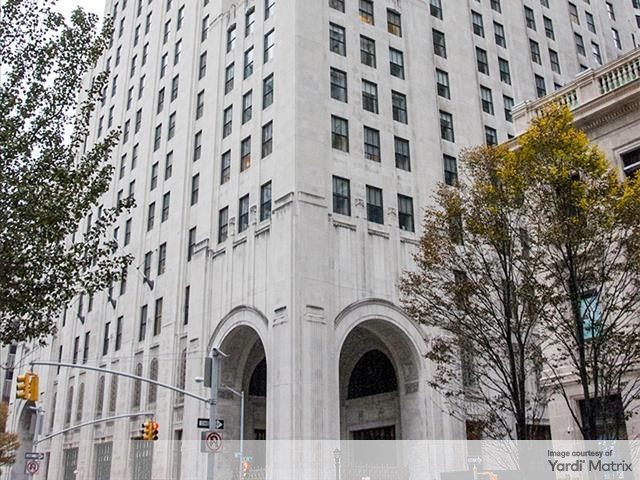Sweet on the Middle Market
Jay Rollins of JCR Capital looks at the middle market and discusses why he anticipates a major transfer of real estate coming there soon.
By Leah Etling
 The middle market might not be the sexiest space in real estate, but it promises to be very interesting over the next couple of decades. Jay Rollins, managing principal of Denver-based JCR Capital, anticipates a major transfer of real estate coming soon to the space where he and partner Maren Steinberg have focused their efforts since 1992.
The middle market might not be the sexiest space in real estate, but it promises to be very interesting over the next couple of decades. Jay Rollins, managing principal of Denver-based JCR Capital, anticipates a major transfer of real estate coming soon to the space where he and partner Maren Steinberg have focused their efforts since 1992.
Providing capital solutions for real estate transactions in the $10 million to $50 million range, Rollins—author of the book Commercial Real Estate Uncovered—forecasts an upcoming generational transfer of wealth that will send some assets back into the marketplace.
“Owners of middle market assets tend to be non-institutional. They are individuals and partnerships of individuals, and most of these individuals are aging Baby Boomers between 55-75 years old,” Rollins said. “As they bequeath assets to children and grandchildren, we are going to see the greatest transfer of real estate ever in the history of America.”
CPE: Why focus on the middle market?
Rollins: It is the largest segment of the commercial real estate market, with the least amount of capital in it. It is very underserved and because of that, you have limited competition. You get a pricing premium, and you get what I call a structural premium, which means more security and better covenants. All this makes for investments with very attractive risk-adjusted returns.
CPE: Can you quantify the “largest segment of the commercial real estate market” statement?
Rollins: There are $20 trillion of commercial real estate assets in the U.S. Around $10 trillion of that consists of assets valued at $50 million or less.
CPE: What do you see happening when the Baby Boomers transfer these assets?
Rollins: Consider this example: A real estate owner in his late 80s passes away and in turn the middle market shopping center that he owned is passed to his daughter, who is a dentist by trade and already is dedicated to family obligations. She may not know anything about real estate or want to deal with managing it. So that property is going to go back into the market, for refinancing or recapitalization or a sale. That will never happen with a major corporate asset or an institutional building. Somebody’s death, divorce or health problem typically does not affect the asset or push it back into the market. But it does in the middle market.
CPE: What type of transactions have been most common for you recently?
Rollins: We are doing a lot of Class B and Class C multifamily. The term “workforce housing” is overused, but these are renters for life, working people who need a place to live. Our buyers are adding value to those properties, increasing rents and making these properties safer places to live. They are also increasing NOI with these improvements.
Industrial has also been a good play for us, and in some markets we are seeing industrial spaces transformed into condos and sold to small business owners who get SBA loans with very little money down.
CPE: You called the top of the market in July of 2007 and again in November of 2015. Where are we now?
Rollins: In our market letter for March of 2015, we said that the peak is in the rearview mirror, and that asset values will decline between 3 to 8 percent. That’s not a huge or catastrophic number, but the peak is behind us at this point.
People always ask: ‘What inning are we in?’ and my answer is that we’re in the 8th inning, but we are in a rain delay. I don’t know how long this rain delay is going to go on, but what’s happening overseas in the macro markets is continuing to make the U.S. a safe haven for investment for now.







You must be logged in to post a comment.